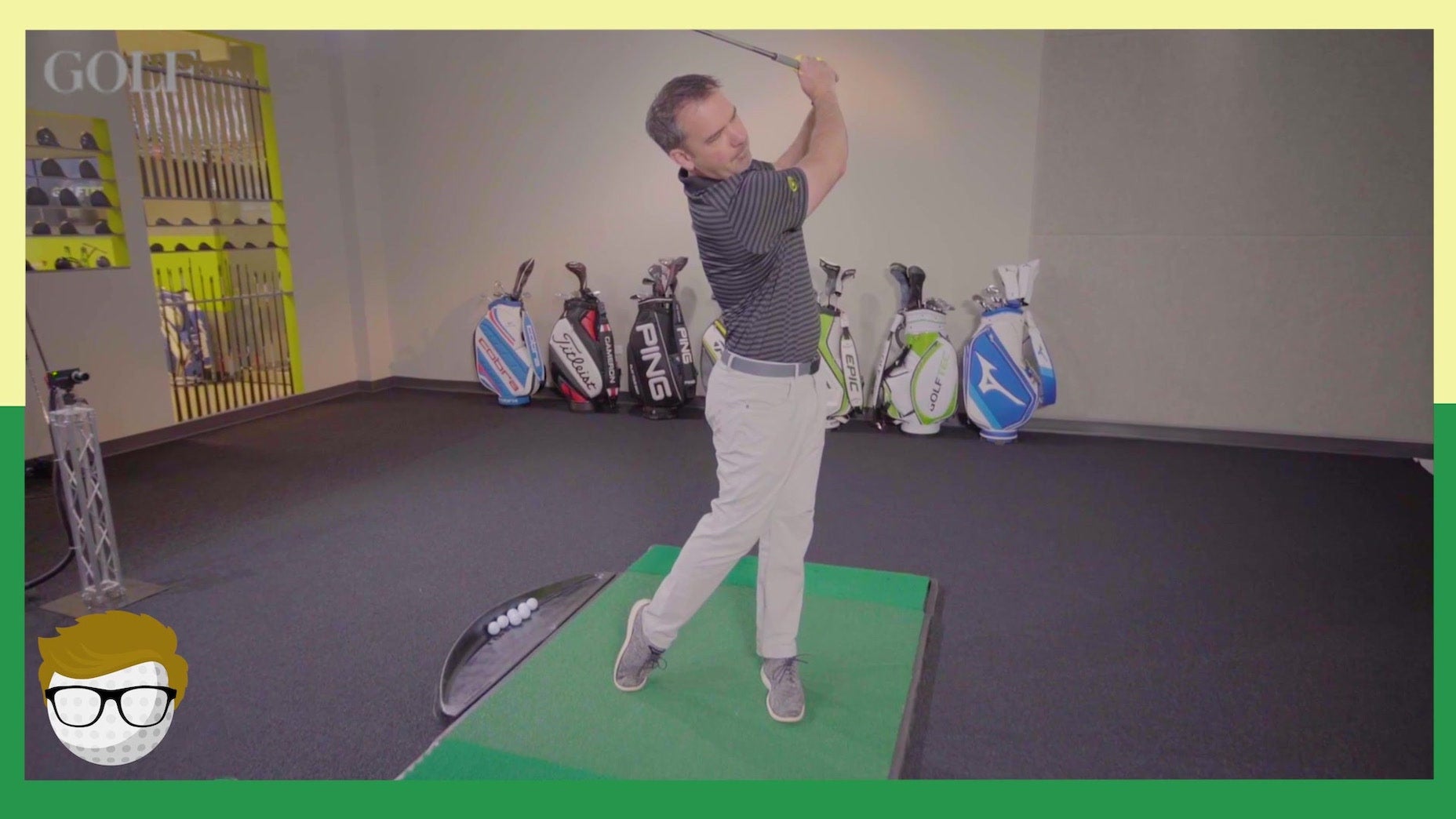Ping makes drivers, fairway woods, hybrids, irons, wedges and putters. The Phoenix-based company also sells golf bags, apparel and accessories, but you’re out of luck if you are looking for Ping golf balls.
However, that does not mean Ping has not conducted significant research on golf balls, how they perform and how they differ from each other. On the contrary, the company’s engineers, fitting experts and data scientists have quietly been working on something that might help you find the ideal ball for your game.
Ping’s new Ballnamic virtual ball-fitting experience was developed to help golfers and club-fitters more accurately match a player’s style and preferences with golf balls that are ideally suited for their game.
“Ballnamic represents our never-ending quest to innovate every variable of the custom-fitting experience,” said John K. Solheim, Ping’s president. “Our extensive knowledge library and engineering expertise led us down the ball-fitting path, and we’re excited to bring it to both fitters and consumers. The access golfers have to their data through launch monitors and other tools continues to grow and make advancements like Ballnamic possible. Since we’re not in the golf ball business, we’re able to conduct independent testing and offer this unbiased tool as another service for golfers to help improve their enjoyment of the game.”
After going to ballfitting.com and creating an account, golfers are asked a series of questions. What is their average total distance with a driver and a 7-iron? Do they want a high, low or mid-trajectory ball flight? How often do they play in windy conditions? Are they looking for more spin around the green?
For even more personalized results, golfers who have launch monitor data can enter their ball speed, launch angle and spin rates.
Along with the questions, the program explains how emphasizing one characteristic can often come at the sacrifice of other things, then allows golfers to make their decisions.
After the questionnaire has been completed, the algorithms go to work and reveal the player’s five best-fitting golf balls from more than 40 balls that are in the system. Detailed comparisons of how those balls will likely perform for the player are also provided.
For example, Ballnamic will tell you whether you should expect to hit a Titleist Pro V1 farther than a Callaway Chrome Soft X, whether a TaylorMade TP5 might give you more greenside spin than a Bridgestone Tour B XS and if a Srixon Z-Star XV will fly higher or lower than a Titleist Pro V1x when you hit into a headwind.
“It’s been eye-opening to see the impact that different balls have on dialing in someone’s fitting recommendations. While Ballnamic provides useful information as a stand-alone tool, we’ve also seen the benefits of combining club- and ball-fitting,” said Marty Jertson, Ping’s vice president of fitting and performance. “For example, using Ballnamic we’ve seen optimization benefits in players achieving greater distance while using a higher-lofted driver with better-matched golf balls. Our goal is to help golfers in working to match the best ball to their game, so they can have the most success on the golf course.”
Aside from golfers using Ballnamic themselves, Ping hopes that club-fitters will license the application and make ball-fitting an added component of driver and club fittings.









